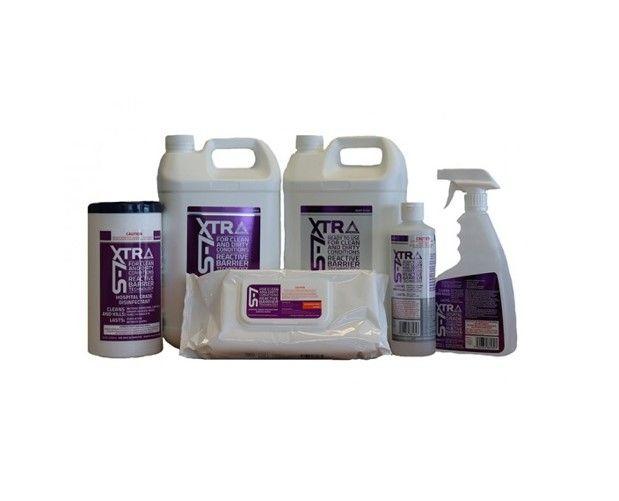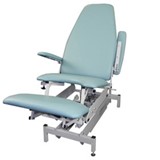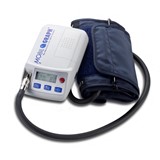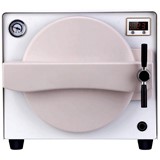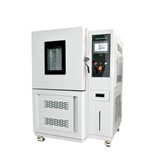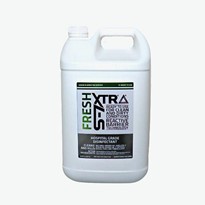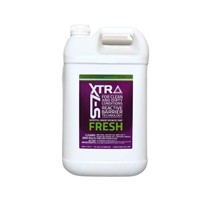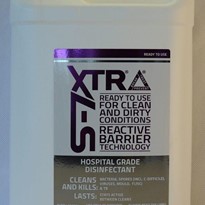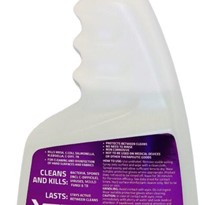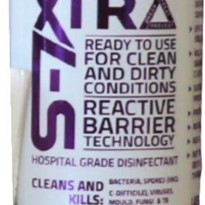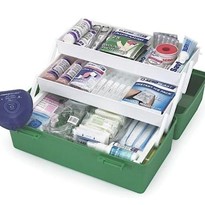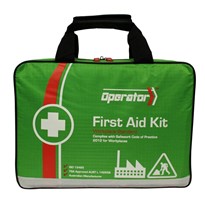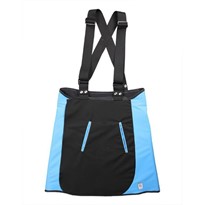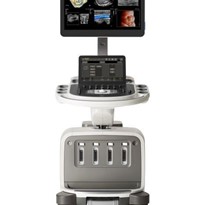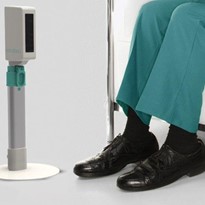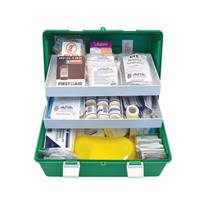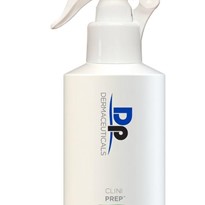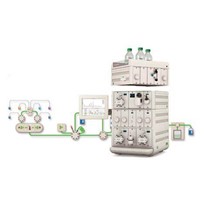It is important to check their ARTG listing which verifies what they can claim and the MSDS to ensure suitability to your environment.
Another factor to consider is the different formats the products come in to ensure that you are minimising cross-over of products which can reduce their effectiveness.
Always check required kill times, whether they work in dirty conditions and dilutions as these may vary greatly from product to product.
Refer to the chart demonstrating the different types of products available.
Keeping it simple
Simplify your training as well as your protocols, S-7XTRA provides you with the best all-around and lasting protection against pathogens and is friendly and easy to use.
Working in dirty conditions and not requiring wet contact times, it simplifies your training and saves on time with added protection in between cleaning cycles.
It comes in varying formats to ensure continuity and to maximise efficacy.
Concentrates provide flexibility and are amazingly simple to dilute and when diluted make the product very economical.
Ready to use solutions give certainty of use and come in various sizes and wipes come in canisters and soft packs — two formats to suit all applications.
Our solutions are proudly made in Australia.
Contact us for a free trial.
| S-7XTRA | 70% Alcohol | Chlorine Based | Iodophors | Phenolic | Quaternary Ammonium Compounds (QUATS) - Single and double actives | Accelerated hydrogen Peroxide | Botanical - Plant Based | |
| Efficacy Capabilities - Check ARTG listings | ||||||||
|
Some viruses - includes enveloped viruses such as SARS Cov-2 COVID19 |
YES | YES | YES | YES | YES | YES | YES | YES |
| Bacteria | YES | YES | YES | YES | YES | YES | YES | YES |
| All other viruses - inclusive of enveloped and non-enveloped | YES | NO | NO | YES | NO | NO | YES | NO |
| Mould | YES | NO | YES | NO | NO | NO | NO | NO |
| Fungi/Yeast | YES | YES | YES | YES | YES | YES | NO | NO |
| Tuberculosis | YES | YES | NO | YES | YES | NO | YES | NO |
| Spores | YES | NO | YES | NO | NO | NO | YES | NO |
| Wet Contact Times - Check manufacturer's instructions for kills times | NO | YES | YES | YES | YES | SOME | YES | YES |
| Residual Activity | YES | NO | NO | NO | NO | SOME | NO | SOME |
| Pre-clean of surfaces must be performed | NO | YES | YES | YES | YES | NO | NO | YES |
| Pre-Clean Recommended for Best Practice | NO | YES | YES | |||||
| Works in Dirty conditions | YES | NO | SOME | NO | NO | YES | YES | NO |
| Rinsing required | NO | NO | SOME | NO | SOME | SOME | SOME | NO |
| Disadvantages | Damaging to aquatic life in concentrated form only | Flammable, Storage limitations, evaporates quickly and contact time can be insufficient for killing | Corrodes some metals, unpleasant odour, long contact times, requires good ventilation, eye, skin and respiratory irritant | Dilution is critical for effectiveness and safety, may stain or corrode metal, may stain skin/laundry, odour, toxic | Do not use on infant equipment, odour, flammable, skin, and eye irritant, corrosive, toxic | Limited efficacy, damage can be caused on surfaces and skin if in high concentrations | Limited efficacy | Limited efficacy |
References
Chemical Disinfectants — Guideline for disinfection and Sterilization in Healthcare Facilities
2008 – CDC.
Stanford University — Environmental Health and Safety.
EPA Registered Hard Surface Disinfectants Comparison Chart — A. Culver, M Finberg et.al
Cleaning for Health Products
Practices for safer Indoor Environments 2002. L. Crawford, Z. Yu, E. Keegan, T. Yu Infection
Control Today. A comparison of Commonly Used Surface Disinfectants. Phenolic Household
Disinfectants – Further precautions required. R. DeBono, G. Laitung. Chemical Safety in the
Workplace – Occupation Safety & Health Branch Labour Department – UK Gov


